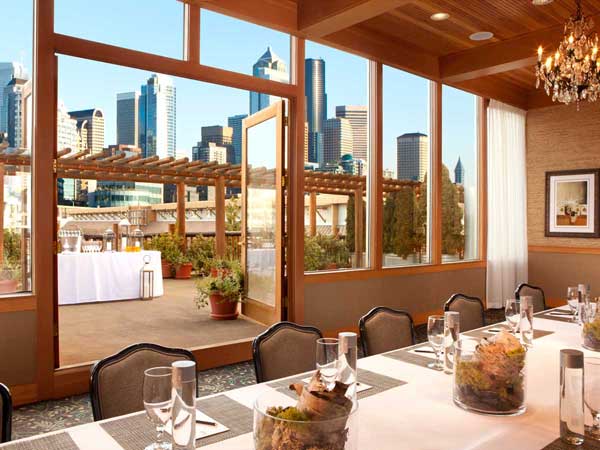Once home to nearly two-dozen hofbräus (German-inspired bar-restaurants with cheap beer, cheap food, and tons of personality), the Bay Area is now only down to just a handful. Here, we explore the history of hofbräus in San Francisco and where you can still experience an authentic hofbräu in the city today.
Hofbräus, Defined
According to Wikipedia, a hofbräu “originally referred to a brewery with historical ties to a royal court,” and that “such breweries often have beer gardens where food is served.” Today, the word is used more broadly – like to refer to the Hofbräu-Festzelt, one of the biggest beer tents at Munich’s Oktoberfest. But what is the link to California?
Its Origins in San Francisco
How the hofbräu made the leap to the West Coast of America isn’t entirely clear – especially since the food is not German in style. It’s likely because the early Golden State restaurateurs who pioneered the genre in the mid-twentieth century were German. What is certain, however, is that when hofbräus appeared in the United States, it evolved into something distinctly American: no-frill (but uniquely charming) carveries (think turkey, chicken, roast beef, etc.) laid out with buffet-style serving and cafeteria seating, in which you could buy a sizable meal for just a few dollars, before hitting a built-in bar with plenty of beer on tap.
The Rise & Fall
The concept took hold in California (and especially the Bay Area) and hofbräus spread across the region, including chains like Sam’s Hofbräu, Harry’s Hofbräu, and Chick-n-Coop. Independent stand-alone spots included Lefty’s in San Francisco’s Union Square (known for its baseball memorabilia), Brennan’s in Berkeley, and the still-open Tommy’s Joynt on Van Ness. So why do they seem to have fallen out of favor? It could be owed to the economics of the model (plenty of food at a low price), but it’s likely because the largest demographic dining out currently aren’t looking for gigantic meat roasts, piles of sides, and old-timey salads served on cafeteria trays, but something trending more toward microgreens served on hand-thrown pottery.
Hofbräus in San Francisco
The iconic Tommy’s Joynt – with murals on the outside, flags on the roof, and tons of memorabilia and seemingly random artifacts inside – is likely the oldest (and perhaps sole, according to Eater) remaining hofbräu in the Bay Area. Prices have ticked up since the glory days, but daily dinner plates will run you just $12.90, and feature your choice of roast beef, BBQ brisket, corned beef, pastrami, ham, or turkey; mashed potatoes or vegetables beans or salad; and bread and butter. In other words: Comfort food at its finest.


























